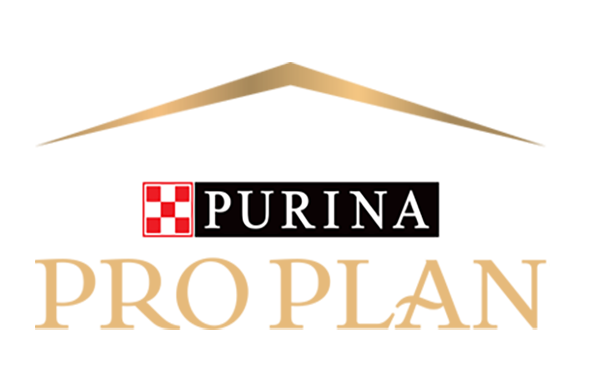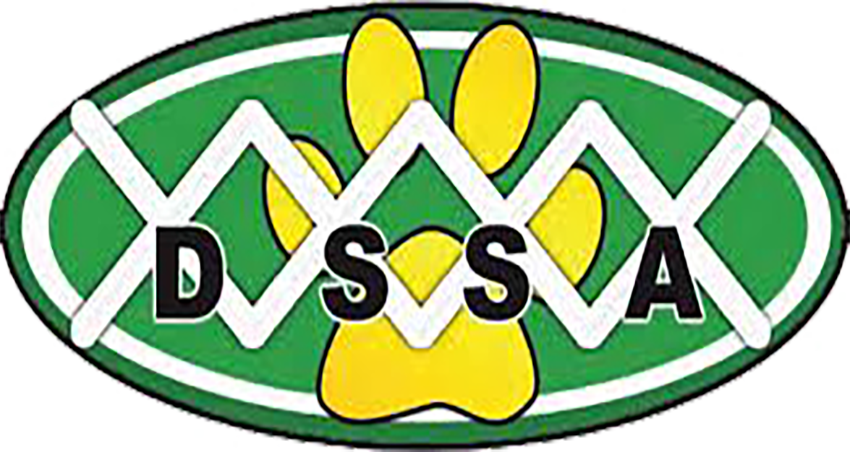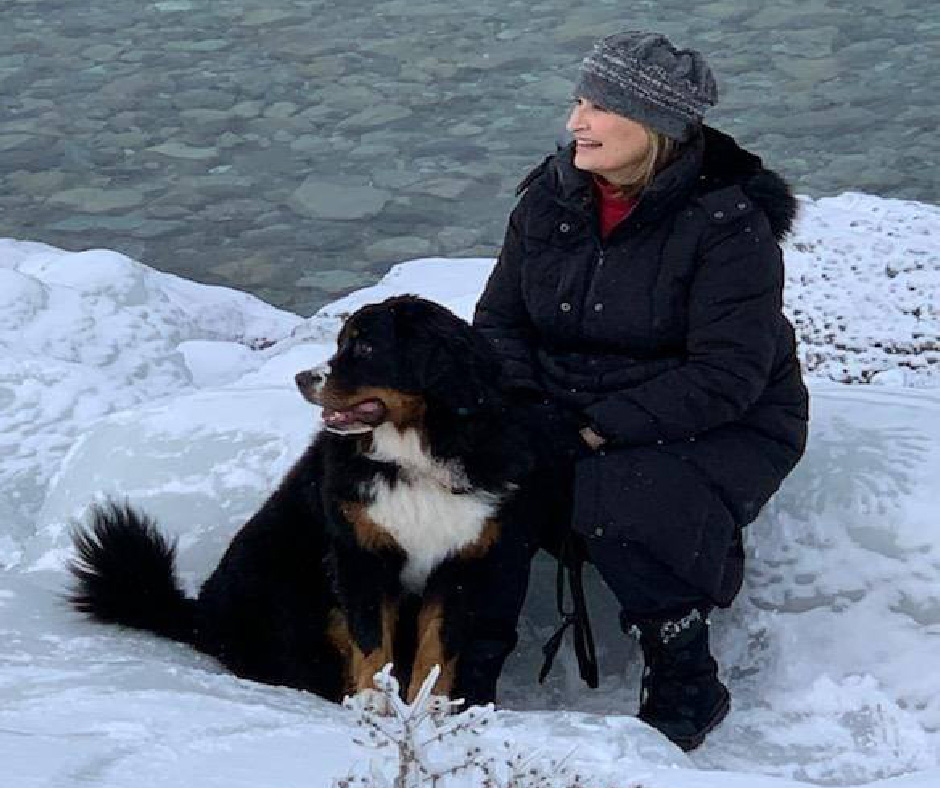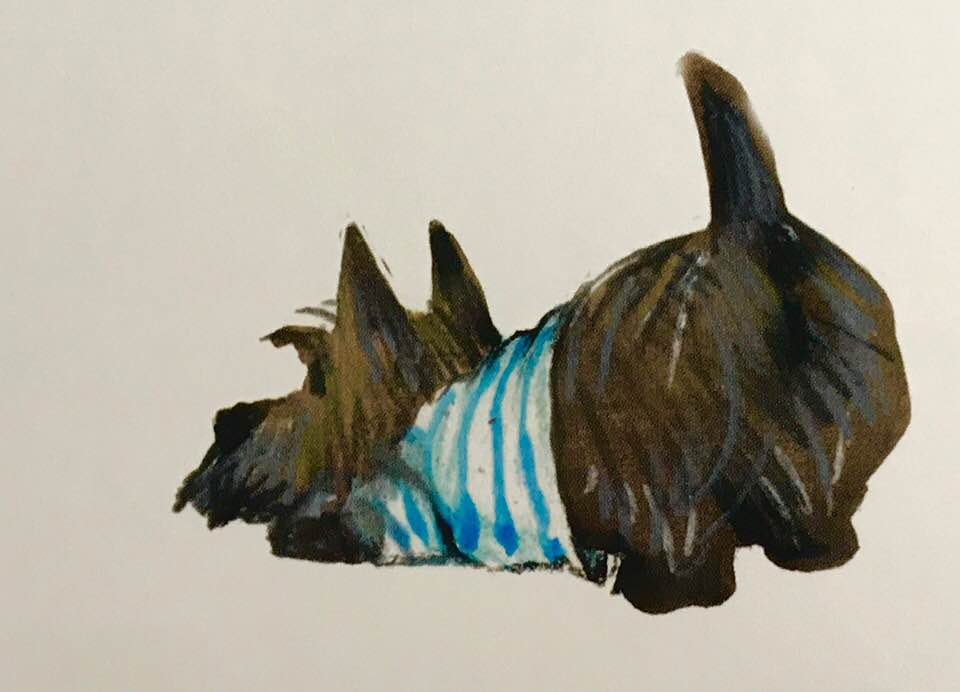127 – Canine Herpes and Puppy Fatalities|Dr. Jean Dodds
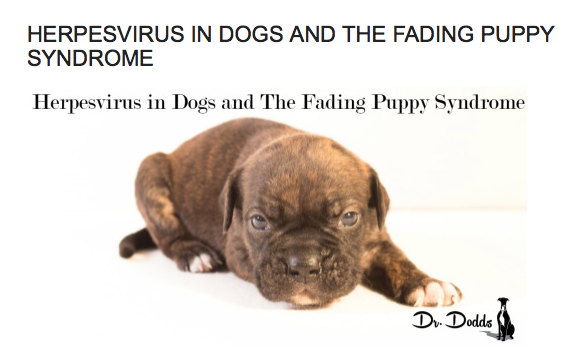
Prevention of Herpes Puppy Death: Silent Killer in the Whelping Box
Dr. Jean Dodds on Pure Dog Talk
A long anticipated litter, new babies, great expectations. All can be crashed on the rocks of Canine Herpes Virus and you’ll never even know what hit you.
Jean Dodds’ information indicates that as many as 70 percent of the canine population has CHV. Most will show no symptoms at all unless the immune system is stressed. The virus is transmitted primarily nasally and dogs can come into contact with it at any time and in any normal life activity.
She has some excellent suggestions and recommendations:
- Titer bitches for CHV antibodies before they are bred.
- It is possible to collect and freeze blood plasma that has antibodies to CHV that can be administered to puppies if they are affected.
- If you know there has been contact within the kennel of a dog with CHV, isolate the bitch from all other animals three weeks before and three weeks after whelping.
- Be sure the puppies stay warm. The herpes virus is susceptible to heat. They are most impacted in the first two weeks of life before they can maintain their own body temperature.
- Herpes cannot be diagnosed without necropsy. All fading puppies can be treated with fresh frozen plasma.
- Huge tip: Check the pH balance of the dam’s milk supply with simple pH papers from the pharmacy. Who knew?
Join us for today’s episode to learn more.
Blog Post 105 – Canine Herpes Virus – Dr. Jean Dodds Blog
Title: Herpesvirus in Dogs and The Fading Puppy Syndrome
It is estimated that at least 70% of the canine population is infected with the canine herpesvirus (CHV) , which generally does not cause clinically significant illness. However,
the mortality rate of newborn puppies – that acquire the disease – is estimated at 100%. Indeed,
CHV rapidly invades the entire body, affecting all organs, the lymphatic system, eyes and central nervous system. This begets the question: how has the dog population survived after all of these years?
Background
Canine herpesvirus is an alpha-herpesvirus more closely related to feline herpesvirus, equine herpesvirus-1, pseudorabies virus and human varicella-zoster virus than to other herpesviruses. It is found worldwide in domestic and wild dogs, but not in other species. Seropositivity rates of more than 30% are commonly seen, although some infected dog kennels have antibody prevalence rates as high as 100%, yet without any evidence of disease in infected puppies. Transmission is by direct contact with infectious body fluids, since CHV is unstable in the environment. Like other herpesviruses, it becomes latent after a primary infection and is shed periodically, primarily in nasal or rarely in genital secretions.
The disease is usually asymptomatic in puppies exposed to CHV after 1-2 weeks of age. However, CHV infection is generally fatal in neonatal pups (1-4 weeks old) that lack maternal immunity. These pups may be infected during passage through their infected dam’s birth canal or, more commonly, by contact with oronasal secretions of the dam or other dogs in the kennel or home. Infected littermates, or neighboring dogs that are shedding virus, also can be sources of infection. The incubation period is about 6 – 10 days, and duration of illness in newborn pups is 1-3 days, with signs of anorexia, dyspnea, pain upon abdominal palpation, incoordination and a typical soft, yellow-green feces. There may be serous or hemorrhagic nasal discharge. Petechia (small pinpoint hemorrhages) are common on the mucous membranes, and thrombocytopenia (low platelet count) may occur. Rectal temperatures are usually not elevated.
Occasionally, CHV may cause in utero infections that result in the death of fetuses or pups shortly after birth. The virus also has been isolated from dogs with vaginitis, conjunctivitis and respiratory illness. Asymptomatically dogs remain latently infected and virus can be excreted for about one week in nasal or genital secretions, and, thereafter, at variable intervals for several months or even years. Recrudescence of latent virus may be provoked by stress (movement to new quarters, introduction of new dogs) or experimentally from use of immuno- suppressive drugs; the virus sheds for about one week. Once the virus enters a kennel, it generally spreads and causes asymptomatic infections, except in pregnant dams or very young pups from susceptible bitches. Such intermittent shedding assures the survival of CHV in the dog population and in breeding kennels. Development of CHV immunity in the form of neutralizing antibodies is transferred to pups via the placenta and colostrum.
Clinical CHV Disease and Recommendations
Your first reaction to this scenario might be to remove the dog shedding the herpesvirus from your environment. Yes; this is advisable. The problem is though adult dogs shedding the virus do not exhibit any symptoms. Instead, we isolate the pregnant mother from all dogs three weeks before the litter’s birth to help prevent in utero infection. After the litter is born, we continue to isolate the puppies and the mother for another three weeks to prevent transmission via colostrum or close contact with other dogs.
Herpesvirus survives in low body temperatures and does not do well in the environment. So, as a puppy ages, natural resistance to infection and the puppy’s ability to maintain a higher body temperature both increase. [Note: Do not expose puppies to dogs who have recently been vaccinated for parvovirus as the disease is shed through feces and urine.]
Clinical signs of canine herpesvirus if presented are:
- Lethargy
- Decreased suckling
- Diarrhea
- Nasal discharge
- Conjunctivitis
- Corneal edema
- Red rash, rarely oral or genital vesicles
- Soft, yellow-green feces
- Notable absence of fever
Remember, though, that herpesvirus is fast-acting so clinical signs may never present. In this instance, pet caregivers want to be on the defensive by acting preventatively. Not only should all caregivers isolate the litter and the possibly immunologically naïve mother from other dogs three weeks before and after birth, but also:
- Alert your veterinarian about the upcoming litter. Let the clinic know if the pregnant mother has or has not been exposed to CHV. If you are unsure, admit her to your veterinarian when close to her due date for observation.
- Purchase incubators and set the temperature at 95°F [35°C], 50% relative humidity.
- Provide spotless hygiene.
Future Breeding and Treatment of Neonates
The previously exposed or infected mother may be successfully bred and have future litters, as long as you skip the next estrous cycle and try again on the following one. In our experience, these females if bred again as advised here, can have healthy litters by: harvesting plasma at the time of the initial clinical infection from infected dams or kennel mates determined to have anti-CHV antibodies, taking the puppies by cesarean section, and giving them two doses of the plasma perinatally (orally) and then 5-7 days later (intraperitoneally). Such treatment is effective only if virus has not generalized. Once illness develops in pups, however, anti-CHV plasma therapy is ineffective.
Prevention with Vaccine
You might be thinking: how can puppies over the age of 3 weeks even be allowed exposure to other dogs without herpesvirus vaccination? Unlike distemper and parvovirus, no vaccine is available for CHV in the United States. Also unlike distemper or parvovirus, canine herpesvirus is fickle.
An inactivated, subunit vaccine (Eurican Herpes 205, Merial Animal Health) has been available in Europe since 2003. As stated above It is not available in the Unites States. It consists of purified CHV glycoproteins in a mineral oil solvent. The vaccine is specifically indicated for bitches during pregnancy and two doses are given, first during estrus or early pregnancy and the second 1-2 weeks before the expected date of whelping. Although it has few undesirable effects, transient edema may occur at the injection site for up to one week. Presently, the value of this CHV vaccine in reducing neonatal puppy mortality is unknown.
Please remember that you may not save the entire litter from canine herpes virus. Pups that survive may have irreparable damage to some organs.
References:
Allison Foley’s Tip of the Week
Don’t forget to listen in to Allison Foley’s Tip of the Week to give you the Leading Edge!
Today’s tip?
Move that front leg BACK!
Our Valued Corporate Sponsors:
Our Esteemed Advertisers:
Our In-Kind Supporters:
KNOWLEDGE IS POWER — FRANCIS BACON
When you become a patron of Pure Dog Talk you’ll tap into an exclusive community of experts to help you and your dog be blue-ribbon best at whatever you do with your purebred dog! Your support helps keep the MP3's rolling at Pure Dog Talk!
As a supporter, you’ll immediately gain access to the weekly Pure Pep Talk SMS, Pure Pep Talk private Facebook group, and priority emails. Patrons can choose to level up to the After Dark Zoom and a Patrons Digital Badge for their website— even a private counseling session with Laura on any topic.

DON'T MISS AN EPISODE!!


